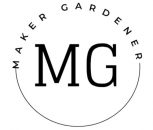Burda giovane and easy review
Here is a post on Burda giovane and easy review. It’s a sewing magazine by Burda style which I bought while in Italy. I got it free with the August issue of Burda Style. This is very interesting as in the UK, as far as I know, have never got any free magazine with Burda […]
Burda giovane and easy review Read More »




